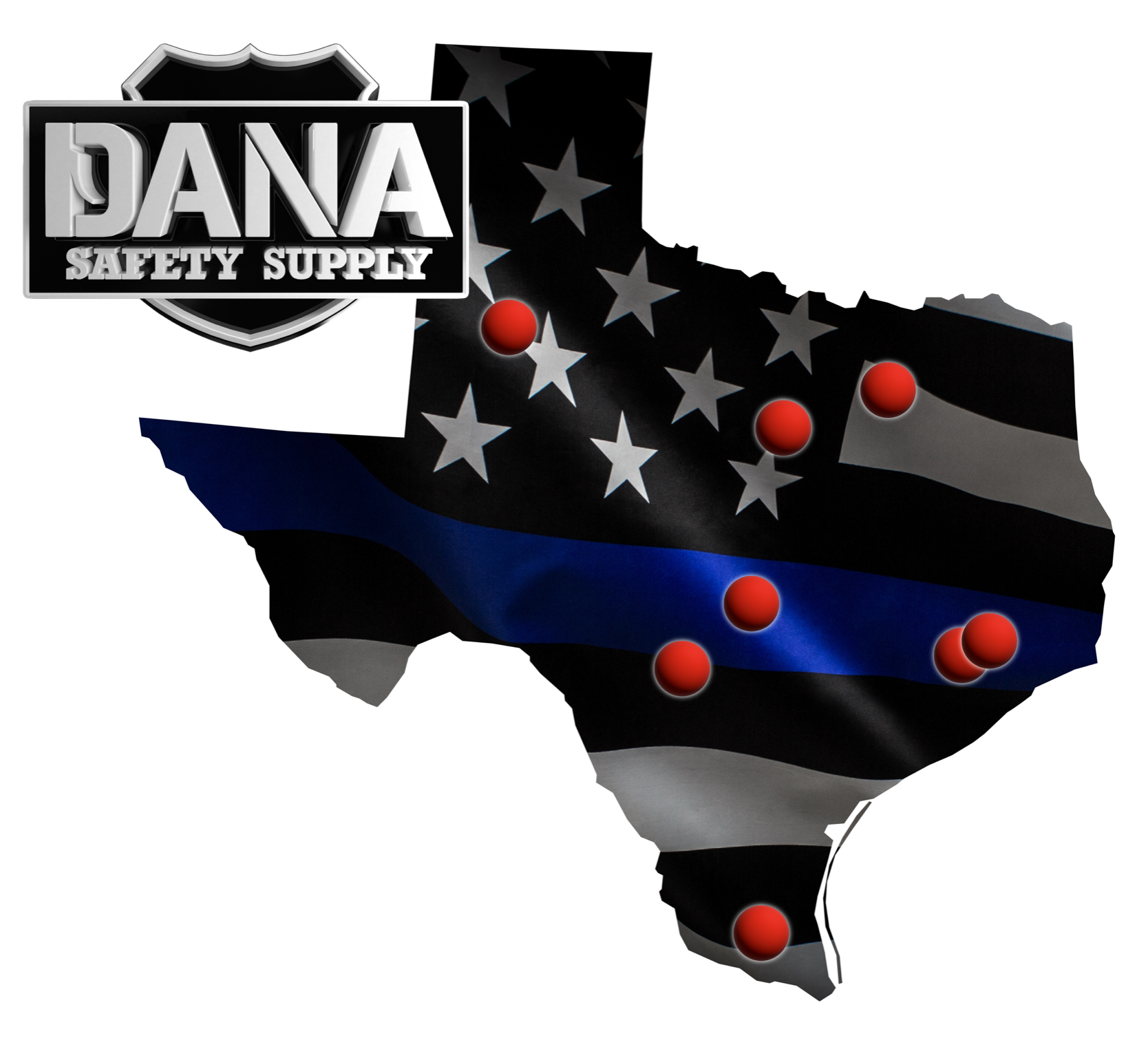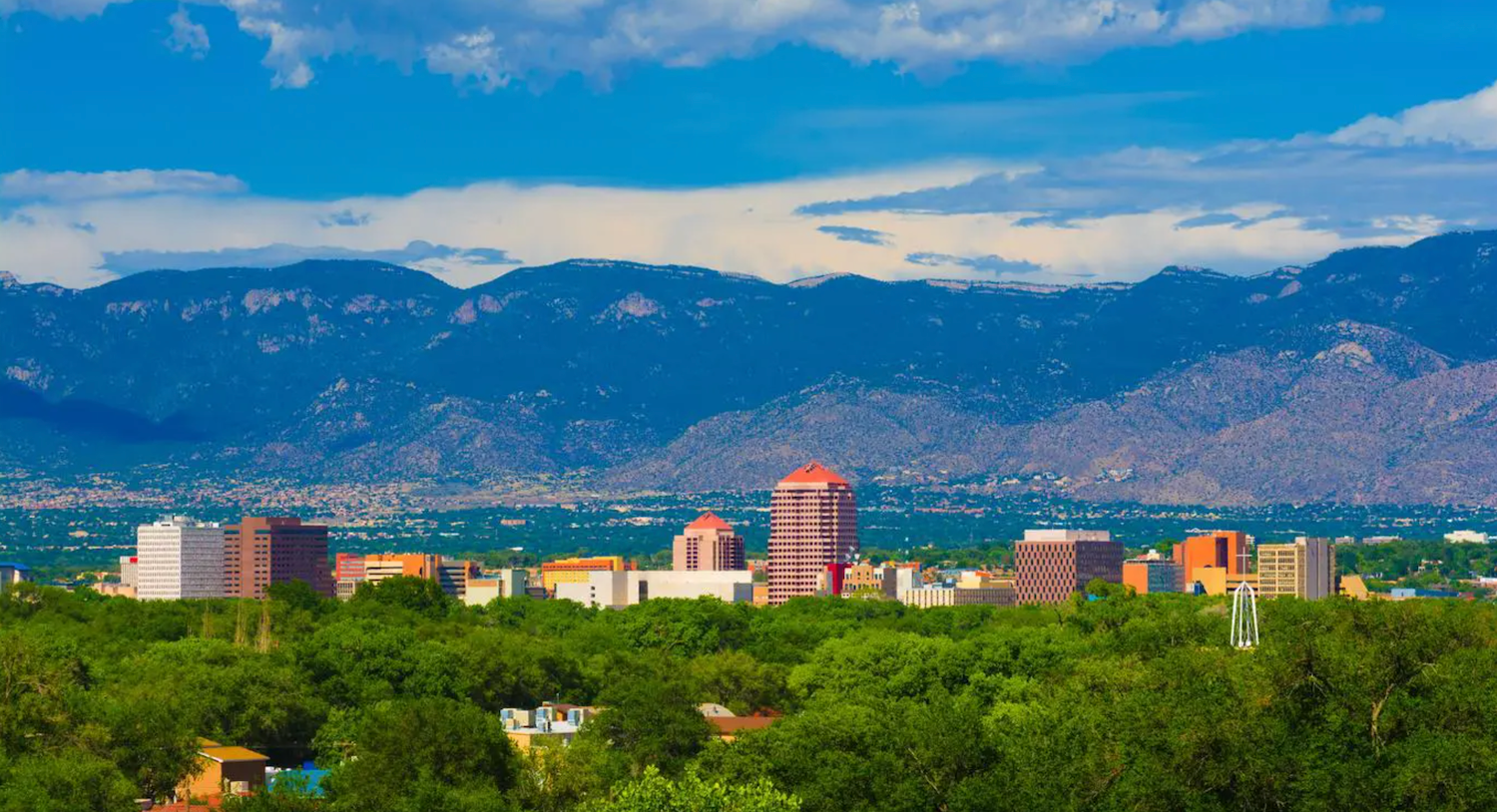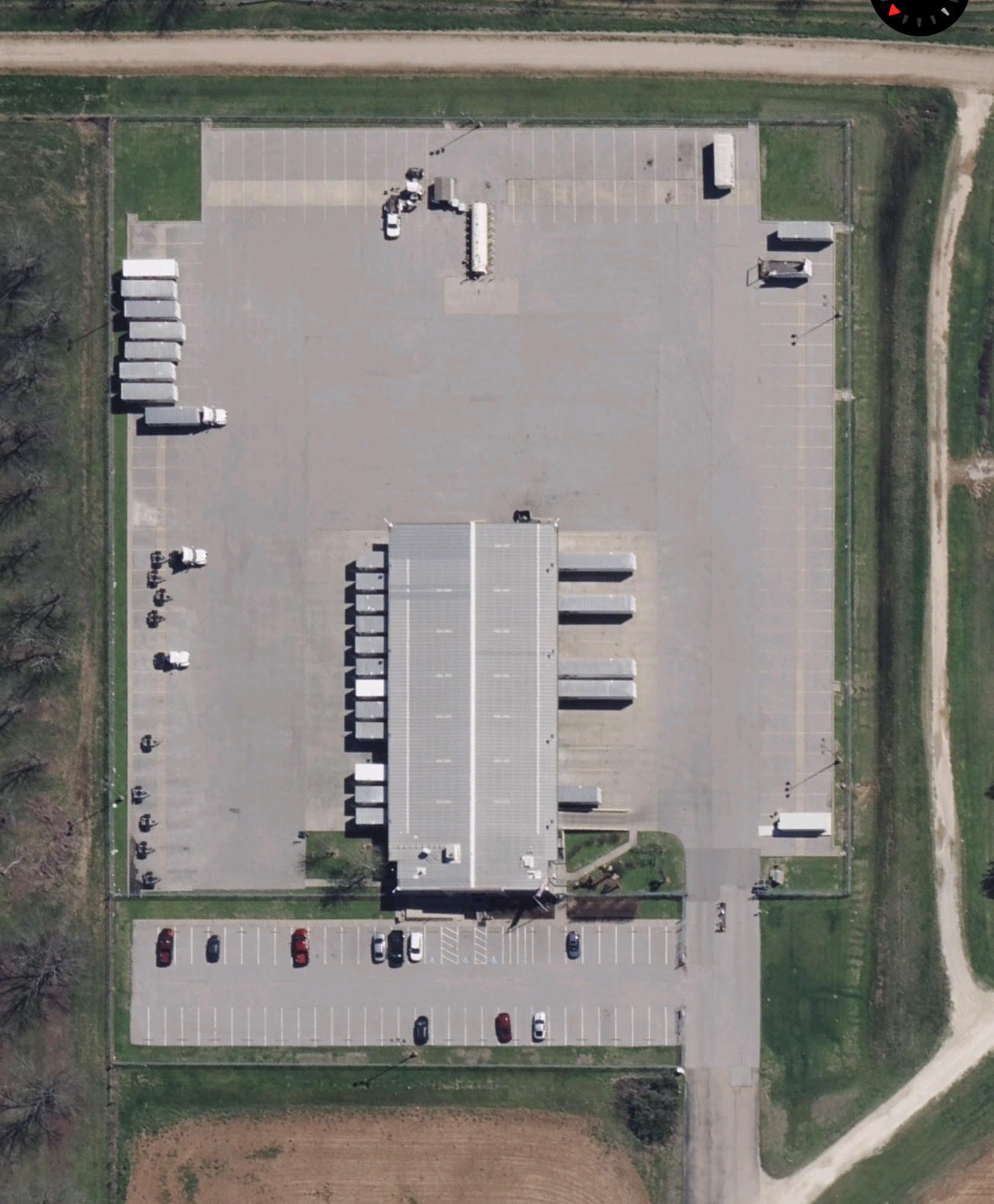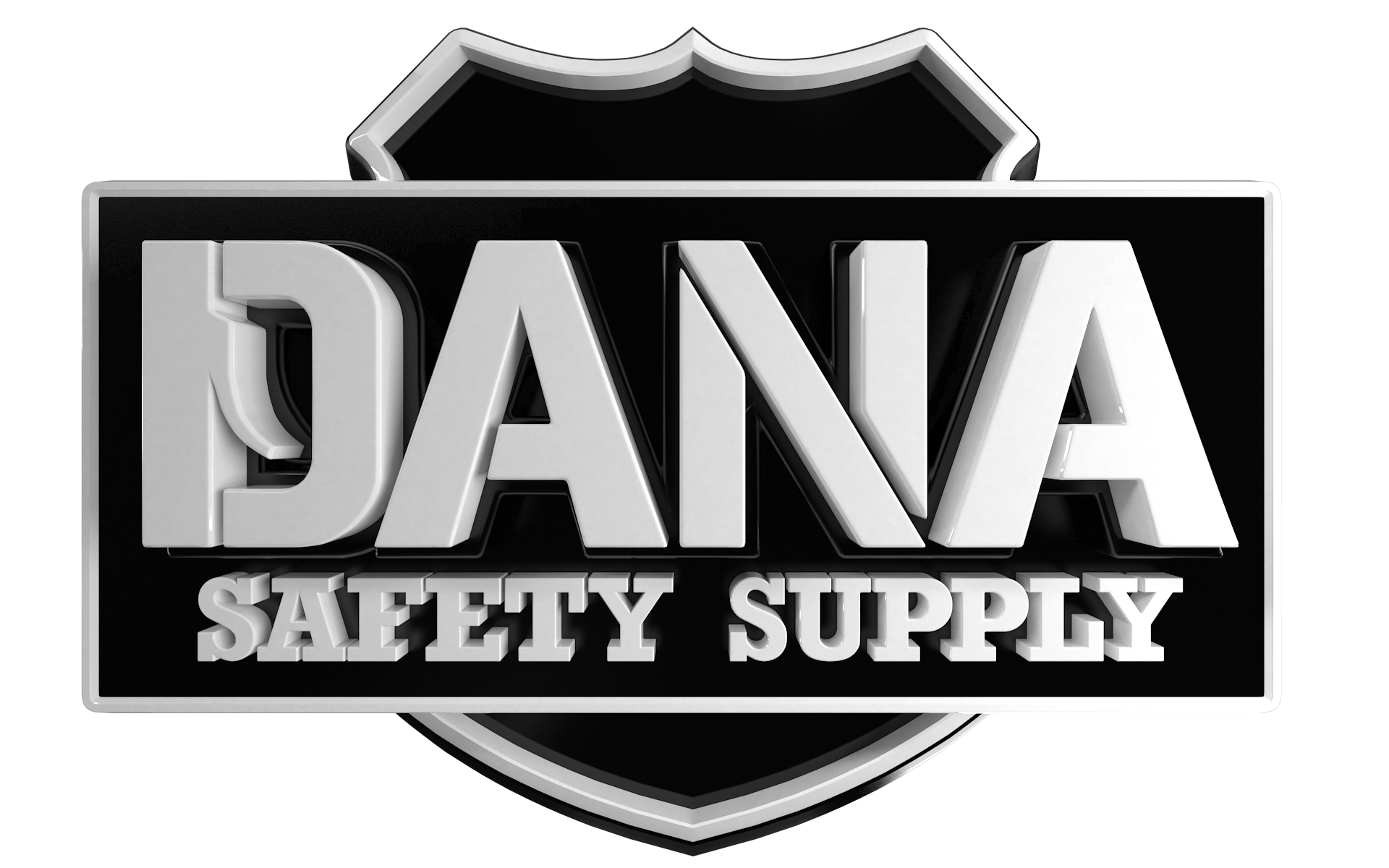Have you ever found yourself in the midst of a bustling protest, where sentiments are high, and the air is thick with palpable tension? Perhaps you've watched such events unfold on television. In either scenario, you'd have likely noticed law enforcement officials clad in particular gear, standing as a formidable force at the front lines.
This specialized ensemble, known as riot gear, plays an essential role in safeguarding officers during these challenging situations and ensuring public safety. But have you ever wondered about its significance, components, history, or the controversies surrounding it?
Let's dive in and explore these aspects.
Importance of Riot Gear in Law Enforcement
Riot gear serves as a crucial shield for law enforcement personnel in chaotic and often dangerous scenarios such as public protests, riots, and other forms of civil unrest. Its primary function is to protect the officers from potential harm, which can include blunt force trauma, projectiles, chemical irritants, and, in some cases, even fire hazards. Without it, law enforcement officers are left exposed to these threats, which could result in severe injuries or even fatalities.
However, the significance of riot gear isn't solely in its protective function. It also serves a psychological purpose. The uniformity and perceived invincibility of officers in riot gear can deter potential aggressors and help maintain order during volatile situations. In essence, the presence of law enforcement in full riot gear can serve as a potent visual deterrent.
Key Components of Riot Gear
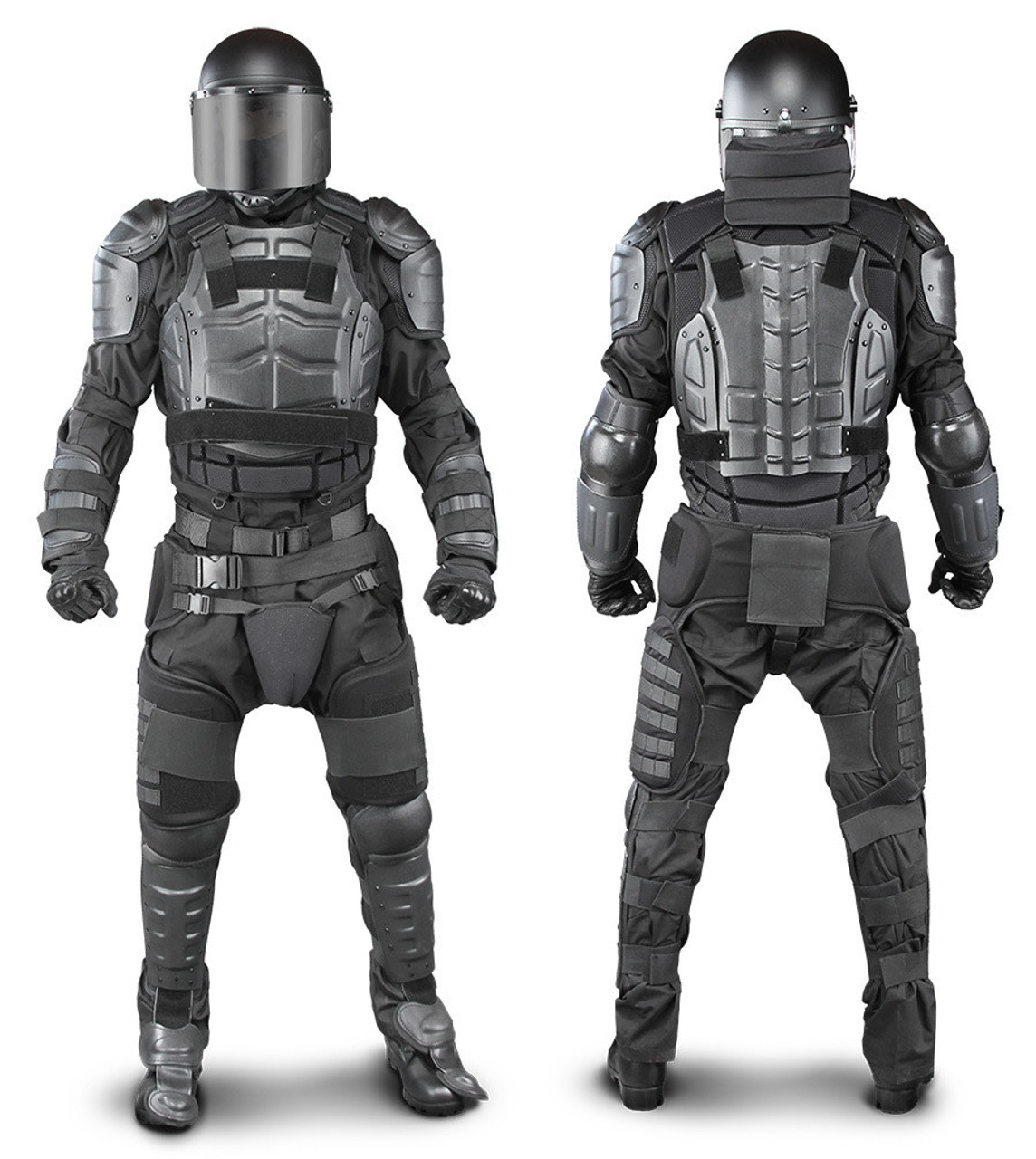
External Shell
Riot suits include modular pieces of rigid material, creating a shell around the wearer's body, safeguarding against various threats encountered during riots. These rigid parts cover and protect vulnerable parts of the body, reducing damage from punctures and cuts, along with an inner layer designed to absorb and disperse the force from blows or projectiles. The materials used vary, but they often include strong yet lightweight composites that provide maximal protection without hindering mobility.
Helmets
Helmets are a fundamental piece of riot gear, designed to shield the officer's head from potential injuries. Riot helmets often include a full-face visor to protect against projectiles and chemical sprays. They also typically incorporate an integrated communication system, allowing the officers to effectively communicate with their team amidst the chaos. Typically, riot helmets are “bump” rated, for protection against thrown projectiles or impact weapons. Alternatively, Ballistic Rated helmets are available if the threat level may include firearms.
Concealable Ballistic Armor
Concealable ballistic armor completes the package, worn underneath the riot suit, it helps protect the Officer from lethal projectiles from handguns which are easily concealed and brought into riot situations, greatly increasing the threat to law enforcement.
Shields
In the world of riot control, shields serve as the primary line of defense. They are large and durable enough to fend off direct attacks and flying projectiles. Shields also provide a barrier between officers and the crowd, enabling law enforcement to advance or hold their line during crowd control operations.
Non-Lethal Weapons
Non-lethal weapons are integral to riot control. These include tear gas, rubber bullets, and stun grenades, which are designed to disorient, deter, or temporarily incapacitate individuals without causing permanent harm. These tools allow law enforcement to control unruly crowds effectively, reducing the likelihood of significant injuries or fatalities.
Evolution of Riot Gear
Like many facets of law enforcement, riot gear has not always been as we know it today. It has seen a considerable evolution over the years, growing from rudimentary protective outfits and simple batons to the high-tech, scientifically engineered equipment we see today.
Historically, riot control methods were largely unrefined, with officers relying on sheer numbers and physical force to suppress unrest. The late 19th and early 20th century saw the introduction of basic protective gear and shields, primarily in response to labor strikes and civil unrest.
However, the modern era of riot gear began to take shape in the mid-20th century, with significant advancements in materials science and technology. Today, riot gear includes body armor made from high-tech, resistant materials, helmets with integrated communication systems, and a range of non-lethal weapons designed to maximize crowd control effectiveness while minimizing harm.
The Science Behind Riot Gear
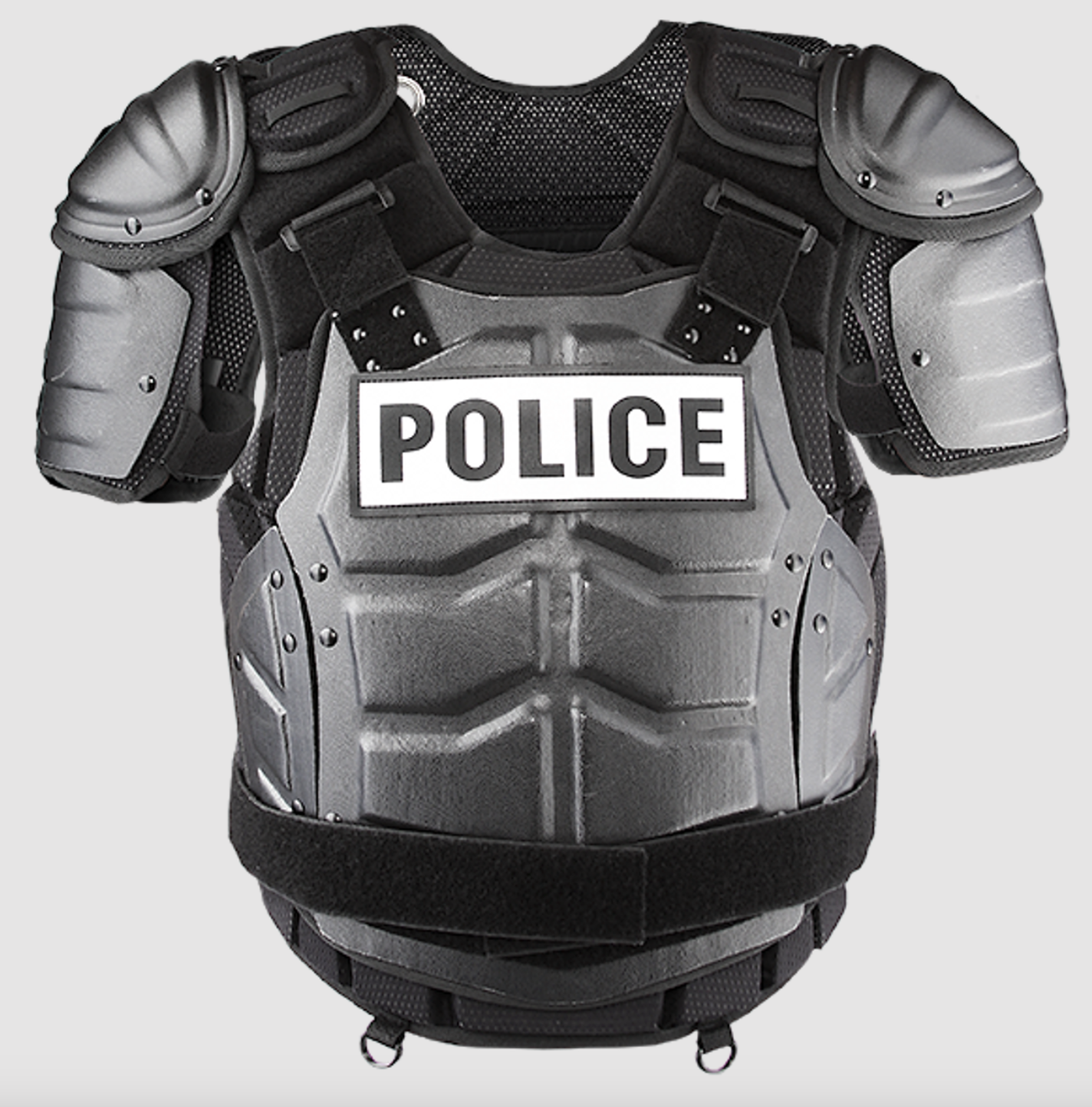
The development and refinement of riot gear are deeply rooted in science, particularly in fields such as physics, materials science, and even psychology.
Physics and materials science come into play in the design and manufacturing of the protective elements of riot gear. For instance, the body armor needs to distribute the force of a blow or a projectile over a larger area, thereby reducing the risk of injury. This requirement involves understanding of force distribution and impact resistance.
Psychology also plays a significant role, particularly in the use of non-lethal weapons. Tear gas, flashbangs, and similar tools rely on an understanding of human sensory perception and physiological response to disorient, confuse, or temporarily incapacitate individuals in a crowd.
Training: The Human Element in Riot Control
While riot gear is vital, it alone cannot ensure effective riot control. The human element—specifically, the training of law enforcement officers—plays a crucial role. Proper training ensures that officers can not only use the gear and non-lethal weapons effectively but also apply appropriate tactics and strategies to manage volatile situations.
Training also involves understanding crowd psychology and behavior, enabling officers to anticipate potential triggers for violence and respond accordingly. Additionally, officers are often trained in negotiation and communication skills to help deescalate tense situations and resolve conflicts peacefully when possible.
The Role of Riot Gear in Major Global Incidents
Riot gear has played a significant role in numerous major global incidents, helping to ensure officer safety during periods of intense civil unrest. For instance, during the G20 protests, the Arab Spring, and other significant political demonstrations, riot gear has often been critical in protecting officers from harm while they worked to restore order.
However, the use of riot gear is not without controversy. In some cases, its deployment has been criticized as a sign of police militarization and an excessive use of force, particularly when used against peaceful protestors. Such concerns underscore the need for clear protocols and stringent oversight concerning when and how riot gear is used.
Innovations and the Future of Riot Gear
As technology continues to evolve, so too does riot gear. Future innovations may include advanced body armor materials for better protection and mobility, improved non-lethal weapons to minimize harm, and enhanced communication systems for better coordination among officers.
Emerging technologies such as drones, robotics, and artificial intelligence could also play a role in the future of riot control, potentially allowing for safer and more effective crowd management. As these technologies continue to evolve, it's crucial to ensure they are used responsibly and ethically.
Choosing the Right Riot Gear
Choosing the right riot gear involves balancing several factors, including protection, mobility, comfort, and cost. It's important for law enforcement agencies to carefully assess their specific needs and the potential threats they may face. For instance, a department in a metropolitan area with a history of large protests may require different gear than a small town with minimal civil unrest.
Conclusion
Riot gear plays a critical role in safeguarding law enforcement officers during challenging situations, allowing them to maintain order while minimizing the risk of harm to themselves and the public. Its evolution, rooted in science and driven by the need for better protection and crowd control, continues to shape the landscape of law enforcement. However, ethical considerations and controversies surrounding its use underscore the need for responsible deployment and ongoing dialogue.
FAQs About Riot Gear
Is riot gear only used during protests?
Riot gear is primarily associated with protests and riots, but it can also be utilized in other situations, such as high-risk arrests or crowd management at large events.
Are there different types of riot gear for different scenarios?
Yes, riot gear can vary depending on the specific needs and potential threats faced by law enforcement agencies. Different gear may be required for crowd control, tactical operations, or specialized situations.
Do officers wear riot gear at all times during protests?
Officers typically wear riot gear during high-risk or potentially volatile situations. However, the decision to don riot gear depends on the assessment of the threat level and the specific circumstances of each situation.
Can riot gear completely eliminate the risk to officers?
While riot gear provides significant protection, it does not eliminate all risks. Officers must still exercise caution and employ appropriate tactics to minimize potential dangers.
How often is riot gear updated or replaced?
The frequency of updating or replacing riot gear varies depending on factors such as technological advancements, wear and tear, and changing threat landscapes. Law enforcement agencies typically follow industry standards and guidelines to determine when gear should be upgraded or replaced.


